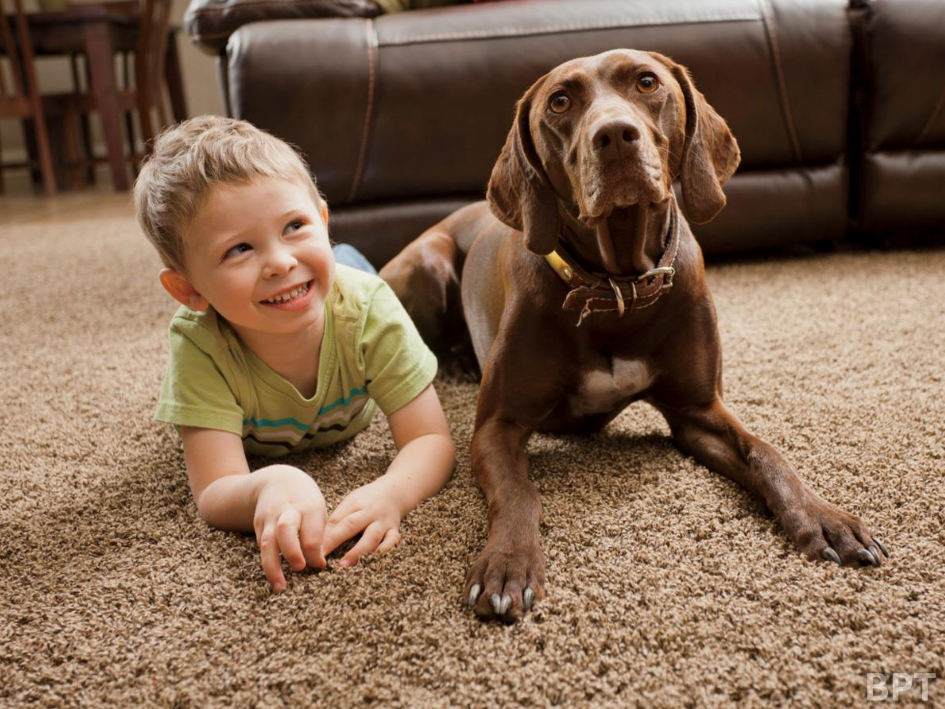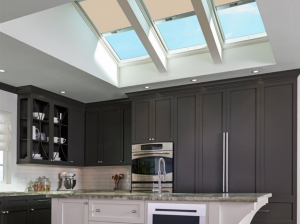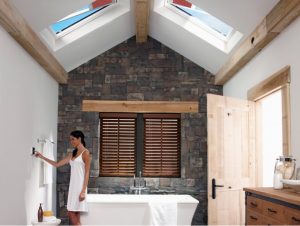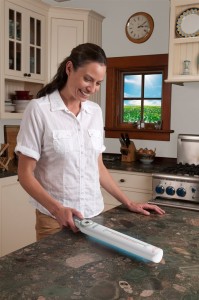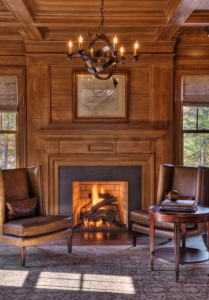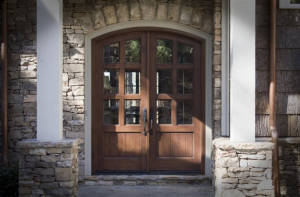 (BPT) – While there is no doubt that pet owners love their furry friends, it’s fair to say that dogs and cats can easily take over the home. Whether you’re dealing with a sick cat or attempting puppy potty training, you can quickly find yourself in a bacteria breeding ground.
(BPT) – While there is no doubt that pet owners love their furry friends, it’s fair to say that dogs and cats can easily take over the home. Whether you’re dealing with a sick cat or attempting puppy potty training, you can quickly find yourself in a bacteria breeding ground.
Eighty percent of pet owners admit to masking stains instead of remedying them, according to a new survey from Woolite(R) Carpet & Upholstery. This includes flipping cushions, rearranging furniture, covering furniture, entertaining guests and visitors in other parts of the home and dimming the lights.
But you don’t have to hide stains. With a few easy steps, you can provide a clean and healthier home for the entire family:
* Set boundaries: Pets function best when they have consistent access to specific rooms. Rather than changing the “allowed” areas from day to day, determine which rooms are “pet-friendly” and stick to them. Close doors and set up pet gates to make sure boundaries are clear. It’s wise to have at least one pet-free room in case guests are affected by pet allergies.
* Wipe paws: For pets that go outside, it’s handy to have a towel by the door to wipe paws all year round. Not only does this cut down on tracking outside dirt and debris in the home, but it’s also important to reduce the amount of moisture sitting in a dog or cat’s paw.
* Sanitize pet messes: While many household cleaners reduce the visible signs of pet messes (including vomit, feces, urine and blood), they don’t always sanitize the affected area. Woolite(R) Advanced Pet Stain & Odor Remover + Sanitize kills 99.9 percent of Enterobacter aerogenes (ATCC 13408) and Staphylococcus aureus (ATCC 6538) (Staph) on carpets (not for use on Polypropylene/olefin or wood fibers) and soft surfaces, and eliminates tough pet odors for a cleaner, fresher home.
* Brush pets regularly: To reduce the amount of pet hair on your floors and furniture, it’s important to brush pets regularly. Try to make it a daily chore and do it outside if possible.
* Use specific linens: Assign linens for cleaning up pet messes and then only use them for that purpose. The same goes for towels and linens that are used in pet kennels or to shield furniture from pet hair.
* Clean with frequency: While it seems like common sense, it’s easy to push off cleaning tasks that don’t seem urgent. Include the entire family by assigning pet cleanup duties to everyone. One person can even take the pet for a walk or distract him while the others are completing chores. Items that should be cleaned on a weekly or biweekly basis include food dishes, pet beds and toys.
* Don’t neglect the yard: Make a habit of picking up after your dog on a daily basis and guests won’t have to tip toe around your yard. Dog owners who dread yard pickup can pay for a service that will do so on a weekly basis.
Owning a pet doesn’t mean the clean state of a home needs to be sacrificed. By keeping up with these tips, you will be able to spend more quality time playing with your pet.

